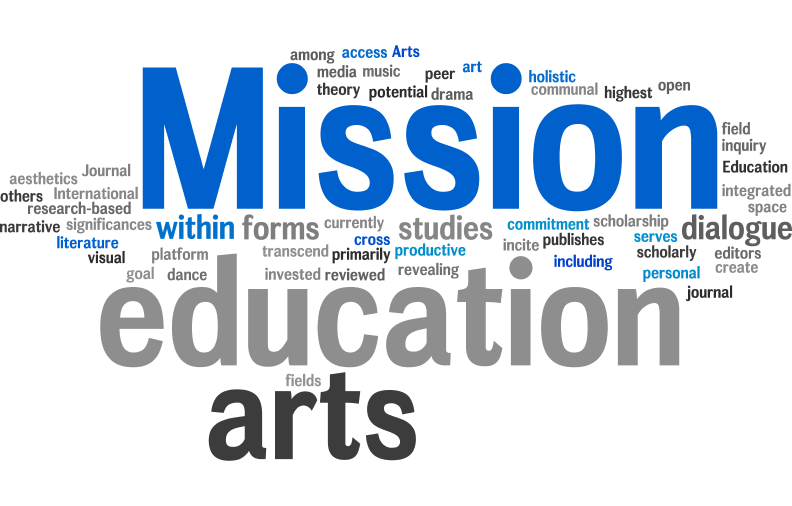2000 Volume 1
Articles and Abstracts

Articles
Volume 1 Number 1: Margery D. Osborne & David J. Brady, "Joy and the Paradox of Control"
In this essay we write about joy and about magic. The stories we recount of our work in art, science and teaching are examples of magic: all are mysterious, transformative. We focus on magic because the word is provocative and we wish to provoke an exploration of a much neglected facet of teaching and of education, the uncontrolled and out-of-control, the qualities of teaching that cause joy.
Volume 1 Number 2: Francois Victor Tochon, "Action Poetry as an Empowering Art"
Through several narratives of experience, and under the theme of "The Arts and Learning", the article presents lived processes of poetic emergence in French-speaking Switzerland and Francophone Northern Ontario. These processes suggest that it would be beneficial to transcend the usual structural options in instruction on the literary art object, given the integrative possibilities of action and of poetic action in particular. In order to integrate the dynamics of creation, instruction in schools could work from active, poststructuralist principles and become "didactive", that is pedagogically active along a trend that defines learning as the creation of entirely new knowledge, concepts and artefacts. Didactics, along the line of the European educational research, has long been neglected in the American literature. This is time to see its possibilities.
Volume 1 Number 3: Minette Mans, "Using Namibian Music/Dance Traditions as a Basis for Reforming Arts Education"
The incredible diversity of music in southern Africa causes
many teachers to doubt their ability to teach in cultures
other than their own. Those teachers who have formal music
training often don't have a working knowledge of the local
peoples' music and dances. In addition, there are very few
published materials available, so where to begin? Because
they feel uncertain about the music of another culture,
teachers may turn towards "formula" lessons. There is, however,
a danger of tokenism in such formulas. This can be avoided
by learning more about the culture.
In this article I identify some of the questions that can lead
to a better understanding of music and dance in cultures other
than one's own. Video and audio examples are provided that
illustrate answers in Namibia. By asking the right questions,
the characteristics of a particular musical culture can be
exposed. However, understanding something about a culture does
not necessarily equip one to teach it. Therefore the development
of teaching-learning materials for schools is necessary. These
normally include transcriptions of songs and dances. Based on
my research on Namibian music and dance a possible transcription
of both sound and movement is described.
Volume 1 Number 4: C. T. Patrick Diamond & Carol A. Mullen, "Rescripting the Script and Rewriting the Paper: Taking Research to the 'Edge of the Exploratory'"
This paper is a sequel to our playlet ("Performance as Rehearsal") that was performed as part of a larger presentation called "Passion Play" at a national-level educational research conference in 2000. We reflect here on our experience of scripting and performing our "two hander" and on the audience's reactions to it documented by means of a response/evaluation sheet. We begin with a dramatic dialogue to evoke our initial (even self-defeating) reactions to our playlet as script and as performance. We then feature the audience's reactions to the playlet. Finally, in a reflective narrative, we affirm our need as teacher educator researchers to perform our academic texts by using aesthetic techniques such as literary allusion and allegory, postmodern interruptive modes, and invitational prompts. We end with the script that we originally (first) created for the playlet.
Volume 1 Number 5: Barbara Poston-Anderson & Peter de Vries, "'The Peter Piper Pickled Pepper Mystery': Arts Educators Collaborate to Create a Musical Play for Pre-schoolers"
This article outlines how an arts-based collaboration unfolded between a music educator and a drama educator in a tertiary institution. The particular context was their creation of a musical play for pre-school children entitled, "The Peter Piper Pickled Pepper Mystery." Written from both educators' perspectives, this commentary provides insights into their collaborative process from the scripting and composition through to the rehearsal and performance stages. Reflecting on their journey together, the researchers identify the main characteristics which they believe contributed to their perceptions of a successful collaboration.



